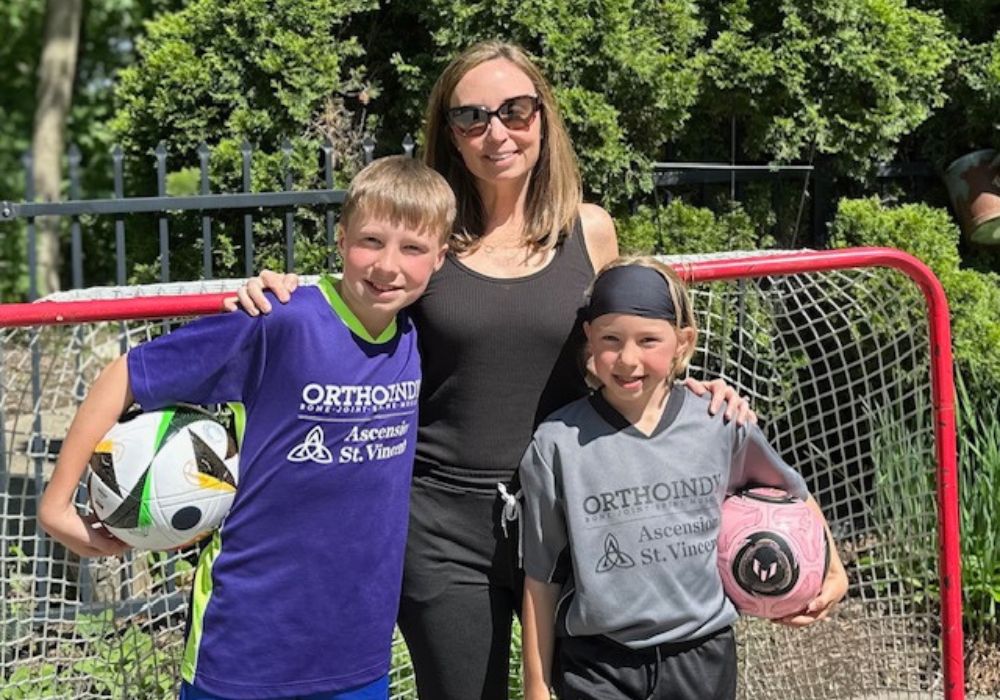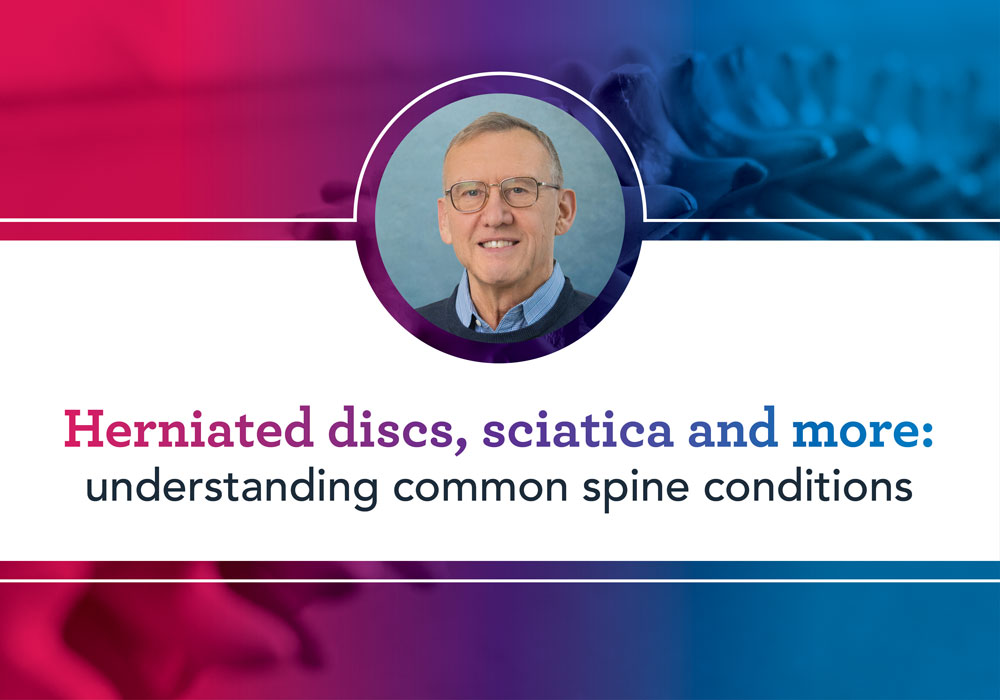Bowed legs is a condition that affects how a child stands, walks and runs. If they stand with their feet together and there is a noticeable space between their lower legs and knees, they may be bow legged. This can be a result of either one, or both, of the legs curving outward.
Bowed legs will naturally begin to straighten as your child grows and is most common in toddlers and very young children. If their legs have not straightened by 3 years old, this may be a sign of rickets or Blount’s disease.
What is the cause of bow legs?
Before some babies are born, the bones in their legs may have twisted slightly in the womb to fit in a small space. As your child starts walking, this outward curve may increase and then it usually disappears as they grow.
Some causes of bowed legs include:
- Physiologic genu varum: In children under 2 years old, the bowing of the legs is normal and will slowly improve as the child grows
- Blount’s disease: Occurs in toddlers and adolescents as a result of an abnormality in the growth plate in the upper part of the shinbone (tibia); the bowing will worsen as the child grows
- Rickets: A bone disease that causes bowed legs due to lack of calcium, phosphorus or Vitamin D; if treated early, bones will straighten out
What does bow legged mean?
If a child is bowlegged, the condition can cause symptoms that make daily life more difficult. If your child is experiencing any of these symptoms, contact their pediatric specialist.
Some symptoms include:
- Awkward walking pattern
- Turning in of the feet
- Discomfort in hips, knees or ankles
- Frequent tripping
How are bowed legs diagnosed?
After a complete medical history review, your physician will perform a physical exam to look at how your child sits, stands and moves.
Your physician may recommend an X-ray as well.
MAKE AN APPOINTMENT WITH AN ORTHOINDY ORTHOPEDIC PEDIATRIC SPECIALIST
How to fix bow legs
In most cases, bowed legs will naturally begin to straighten as the child grows. If your child has Blount disease, they may need corrective braces.
Some children may need to see their orthopedic specialist if:
- Their legs aren’t straightening on their own
- They are having pain, limping or have trouble running
- Their legs are bowed at two different degrees
Some nonsurgical bow legs treatment options are:
- Observation every six months until bowing has resolved
- Bracing
- Medication
Bow legs surgery and recovery
In severe deformities where the bowed legs don’t straighten over time, surgery may be necessary to correct the remaining bowing. Surgery may prevent damage to the shin bone and stop further bowing.
After surgery, a cast may be used to protect the bone as it heals. Your child may need crutches for a few weeks, followed by physical therapy.
Learn more about pediatric orthopedic care at OrthoIndy.
Schedule an appointment
Your well-being is important to us. Click the button below or call us to schedule an appointment with one of our orthopedic specialists. If your injury or condition is recent, you can walk right into one of our OrthoIndy Urgent Care locations for immediate care. For rehabilitation and physical therapy, no referral is needed to see one of our physical therapists.





